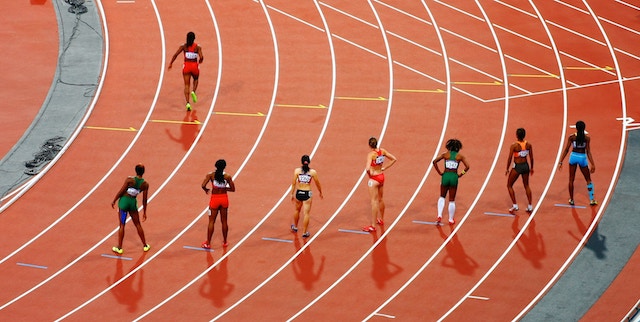
For the longest time, sports in America were largely seen as a discipline reserved almost exclusively for men. While women could find prominence in the Olympics and particularly in more culturally “feminized” competitions like gymnastics, men dominated the world of sports. And while the last few decades have seen women getting more representation with the formation of leagues like the WNBA, women’s sports organizations still don’t hold the cultural cache that are found in all men’s leagues like the MLB and NFL.
One of the biggest gaps in representation comes due to a lack of airtime. While live performances can be a great way to earn yourself an audience and create a sense of unified enthusiasm, it can be hard to develop an audience on a national or even regional level without any representation on TV. The WNBA is already over two decades old, signifying a shift where women can finally make a living in a field once reserved exclusively for men, but that doesn’t mean that the living WNBA players earn is equivalent to their male counterparts. The average NBA player makes twelve times the amount of a WNBA player, and there’s a direct line of connection between the lack of airtime and the lack of comparable salaries.
This lack of interest in female-led sports franchises is – to a not insignificant degree – a self-fulfilling prophecy. Networks and advertisers assume that viewers aren’t interested in women’s sports, and the lack of coverage dampers the opportunity that new viewers have to become fans and the opportunity existing fans have to strengthen their loyalty to their chosen franchise. The general assumption when promoting a new entertainment property is that meaningful development is necessary for popularity to grow. While pushing to improve viewer buy-in may have significant upfront costs, the hope is that continued support will create a self-sustaining model of viewer investment. Unfortunately, it’s been two decades since the advent of the WNBA, and few steps have been taken to provide prominent representation on national media.
While this may seem like an isolated issue, it’s actually endemic of larger currents of misogyny in American culture. The notion that women are physically inferior to men is well embedded in the public consciousness, and it’s reflected in everything from our attitudes regarding women in the armed forces to the justification of more men in high-level management positions. Seeing strong women on TV in the short term may allow female athletes to achieve more equitable pay with their male colleagues, but its long term effect could mean a fairer understanding of gender equity in the popular consciousness.